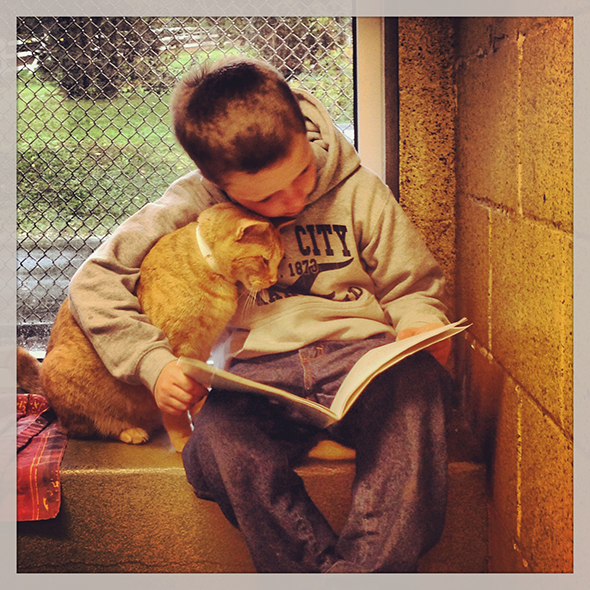Complaining of the impacts of free-roaming cats on wildlife and the environment, along with a range of public health threats, dozens of veterinarians in Hillsborough County, Florida, have banded together to fight TNR. Evidence suggests, however, that their real concern has nothing to do with the community, native wildlife, or, indeed, with cats. What the Hillsborough Animal Health Foundation is most interested in protecting, it seems, is the business interests of its members.
In Part 4 of this five-part series, I look at Hillsborough County Animal Services as the agency struggles to move from a 35 percent live-release rate to “no-kill” status—a task made all the more difficult by HAHF’s campaign against TNR.

As I like to tell anybody who will listen, there’s no evidence whatsoever that we’re going to kill our way out of the “feral cat problem.” While it may be impossible to prove a negative, Hillsborough County, Florida, does make for a compelling case study.
A Grim Past
“Even though it is Florida’s fourth-largest county,” explains Francis Hamilton, Associate Professor of Management at Eckerd College, in his 2010 paper describing “the development and ongoing process of a social change effort and collaboration” in Hillsborough County, “it has euthanized more animals than any other county in the state.”
“From 1996 to 2008, Hillsborough County Animal Services (HCAS), the county’s public shelter, euthanized about 82 percent (over 306,000) of its animal intake. In calendar year 2005, 73 percent of dogs entering the shelter were euthanized, as were 92 percent of cats.” [1]
In February 2007, Hillsborough County became one of four communities in the country targeted that year by the American Society for the Prevention of Cruelty to Animals as part of its Mission: Orange initiative. A team of outside consultants was deployed, tasked with “report[ing] on current programs” and “recommend[ing] areas ripe for change which could increase adoptions, while reducing shelter intake and euthanasia.” ASPCA committed $200,000 “to be invested in the area’s animal welfare community for each of the next three years.” [2] Read more



